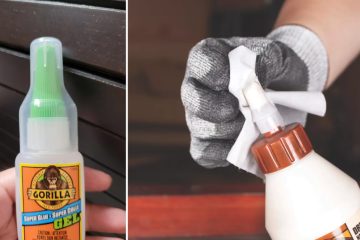Eyelash extensions can enhance your look dramatically, but for some, they come with an unwanted side effect – an allergic reaction to the lash adhesive. If you’re experiencing discomfort after getting lash extensions, don’t panic. This comprehensive guide will walk you through identifying, how to treat eyelash glue allergy, and preventing allergic reactions.
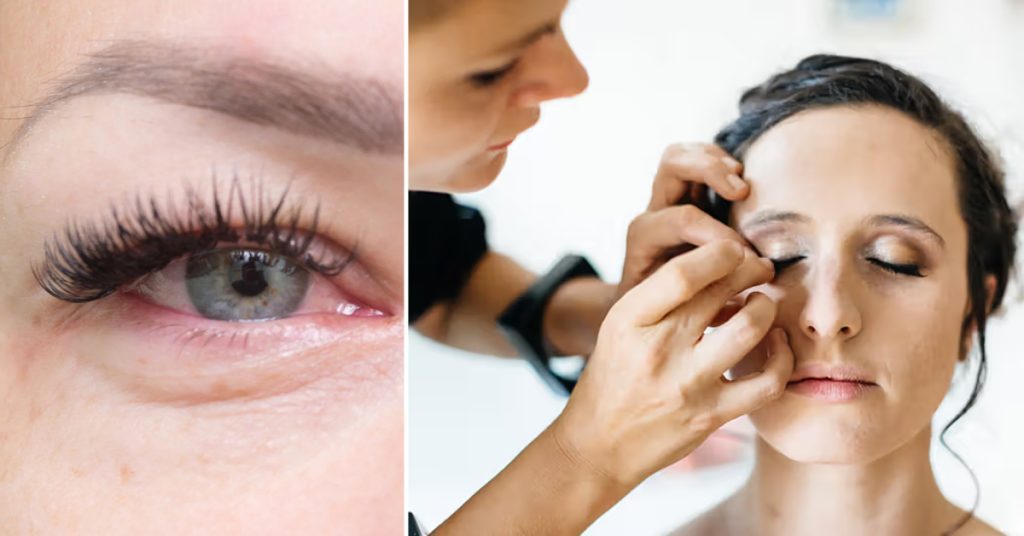
Key Takeaways:
- Allergic reactions to eyelash glue can cause redness, swelling, and irritation
- Remove extensions immediately if an allergic reaction occurs
- Use cold compresses, antihistamines, and eye drops for relief
- Seek medical attention for severe symptoms
Understanding Eyelash Extension Glue Allergies
An allergic reaction to eyelash extension glue occurs when your immune system overreacts to certain ingredients in the adhesive. The most common culprits are:
- Cyanoacrylate – The main bonding agent in lash glues
- Formaldehyde – Released as fumes during the curing process
- Carbon black – Used to create black-colored adhesives
- Latex – Found in some lash glues
While only a small percentage of people are allergic to these ingredients, reactions can range from mild irritation to more severe symptoms.
Symptoms of an Eyelash Glue Allergy
Look out for the following signs of an allergic reaction:
- Redness and swelling of the eyelids
- Itching or burning sensation
- Watery, irritated eyes
- Swollen, puffy eyes
- Stinging or pain
- Blurred vision
- Sensitivity to light
- Excessive tearing
Symptoms typically appear within 24-48 hours after application but can sometimes develop immediately or up to several days later.
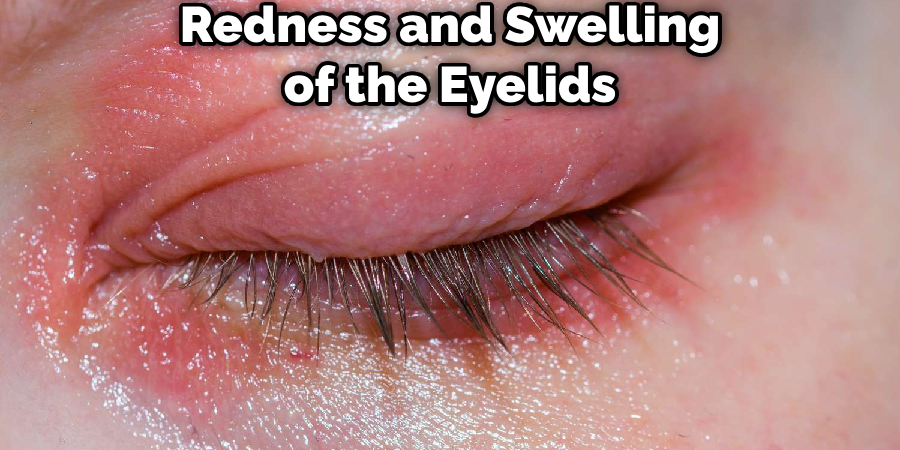
7 Faithful Steps for How to Treat Eyelash Glue Allergy
If you suspect you’re having an allergic reaction to lash extension glue, take the following steps:
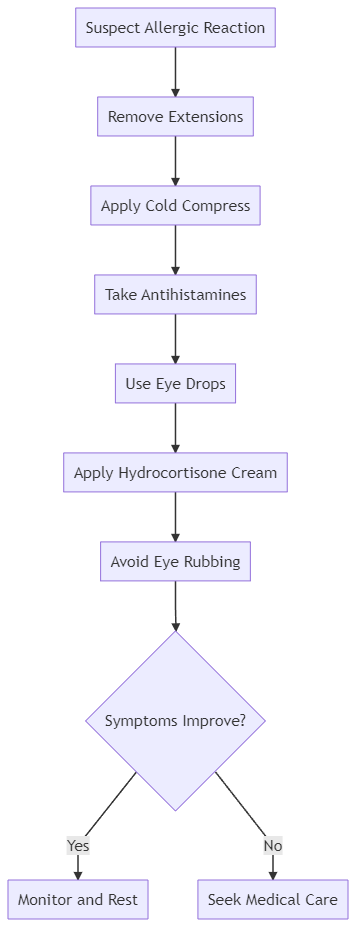
Step 1: Remove the extensions immediately.
This is crucial to stop further exposure to the allergen. Visit your lash technician for a professional removal if possible.
Step 2: Apply a cold compress
This can help reduce swelling and provide relief from itching and burning.
Step 3: Use over-the-counter antihistamines
Oral antihistamines like Benadryl or Zyrtec can help alleviate allergy symptoms.
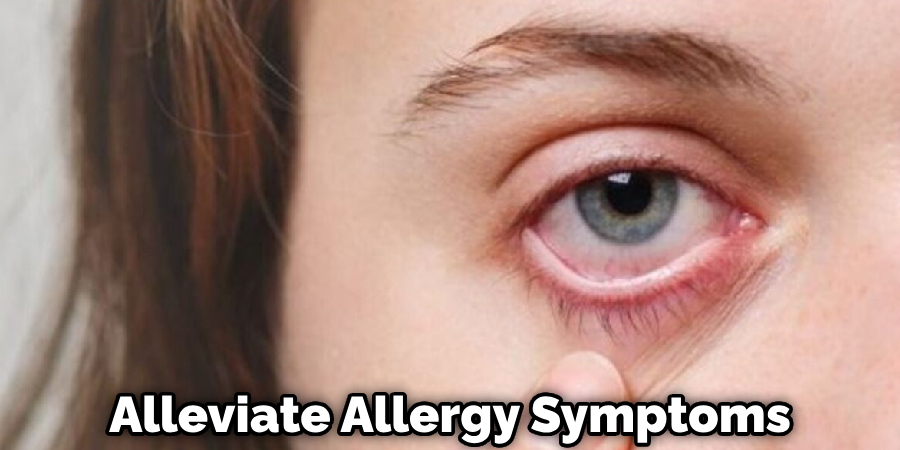
Step 4: Try eye drops
Preservative-free artificial tears can help flush out irritants and soothe the eyes.
Step 5: Apply a hydrocortisone cream
A 1% hydrocortisone cream can be carefully applied to the eyelids to reduce inflammation. Avoid getting it in your eyes.
Step 6: Avoid rubbing your eyes
This can worsen irritation and potentially damage your natural lashes.
Step 7: Seek medical attention for severe reactions
If you experience severe swelling, difficulty breathing, or vision changes, seek immediate medical care.
You Can Check It Out to Get Eyelash Glue Off of Clothes.
Prevention and Future Considerations
To minimize the risk of future allergic reactions:
- Request a patch test. Before your full set, ask your lash technician to apply a small amount of adhesive to test for reactions.
- Choose a sensitive adhesive. If you’re prone to allergies, opt for a lash glue formulated for sensitive eyes.
- Inform your lash artist. Let them know about any previous reactions or sensitivities.
- Consider alternatives. If you’re consistently reacting to lash extensions, explore options like lash lifts or hypoallergenic strip lashes.
- Maintain good eye hygiene. Regularly clean your lash line and avoid touching or rubbing your eyes.

When to See a Doctor
While most allergic reactions to lash glue are mild and resolve on their own, seek medical attention if:
- Symptoms persist for more than 48-72 hours
- You experience severe swelling or pain
- Your vision is affected
- You develop signs of an infection (yellow discharge, fever)
An allergist or ophthalmologist can provide further treatment and help determine the specific allergen causing your reaction.
FAQs About How to Treat Eyelash Glue Allergy
How Long Does an Allergic Reaction to Eyelash Glue Last?
An allergic reaction to eyelash glue typically lasts between 24-48 hours for mild symptoms like redness and itching, which can be managed with cold compresses and topical cortisone cream. Severe reactions, characterized by persistent swelling or blisters, may require antihistamines and could last longer. If symptoms do not improve within 24 hours or worsen, seek medical attention immediately. Preventive measures include using hypoallergenic adhesive and conducting patch tests before full application. Avoid using false lashes or extensions for at least two weeks to allow the skin to heal completely.
Why Am I Suddenly Allergic to My Eyelash Extensions?
A sudden allergy to eyelash extensions can result from sensitivity to cyanoacrylate in the adhesive, exposure to common allergens like formaldehyde or carbon black, or changes in your health or environment. To manage this, switch to hypoallergenic adhesives, perform patch tests, ensure proper application techniques, and seek immediate removal if a reaction occurs.
Can You Take Antihistamine for Eyelash Glue Allergy?
Yes, you can take an antihistamine to help manage an allergic reaction to eyelash glue. If you experience symptoms like redness, itching, swelling, or discharge, immediately remove the false eyelashes using a gentle, oil-based makeup remover, clean your eyelids thoroughly, and apply a cold compress to reduce inflammation. Over-the-counter antihistamines can alleviate symptoms, but if the reaction is severe, consult a healthcare professional. To prevent future reactions, consider using hypoallergenic or all-natural eyelash glues like True Glue.
What to Do if Your Eye is Irritated From Lash Glue?
If your eye is irritated from lash glue, promptly remove the lashes, gently cleanse your eyelids, apply a cold compress, and consider taking antihistamines for symptom relief. Monitor your symptoms and avoid using false lashes for at least two weeks to allow healing. To prevent future reactions, perform patch tests, use hypoallergenic adhesives, and ensure proper ventilation during application. If symptoms persist for more than 24 hours, consult a doctor.
Conclusion
Allergic reactions to eyelash extension glue can be uncomfortable, but most cases resolve quickly with prompt action and proper care. By understanding the signs and knowing how to respond, you can safely enjoy beautiful lashes without compromising your eye health. Remember, your comfort and safety should always come first in beauty treatments.
